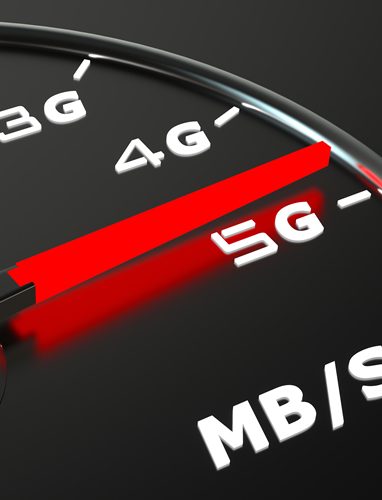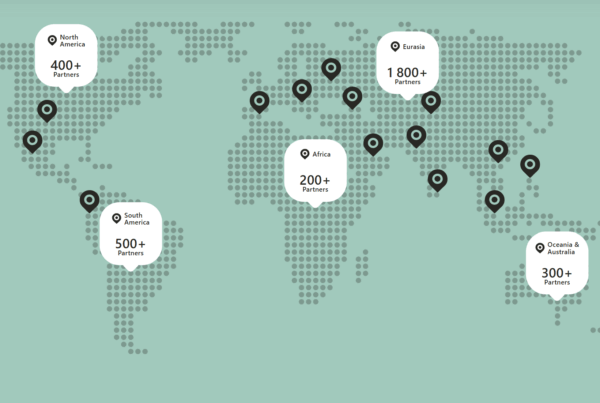Last week, and in light of the publication of a 5G Manifesto by a consortium of European mobile operators, we published part one of our guide to 5G and what you need to know about the new, faster mobile standard.
In part 1, we heard among other things how it will let users download a full HD movie in seconds, and details of trials taking place worldwide. If you missed it, take a look now – and find out more with part 2 of our essential 5G cheat sheet.
11) There is still no single agreed standard for 5G. Instead, a group of organisations are competing to prove their solutions are best.

The United Nations’ International Telecommunication Union (ITU) of having complete agreement on 5G by 2020. So now the various bodies are in a race to ‘win’. These bodies include:
- 5GNOW and FANTASTIC-5G: a European project whose partners include the Fraunhofer Institute for Telecommunications, Alcatel-Lucent, France’s Atomic Energy and Alternative Energies Commission etc
- 3GPP: The 3rd Generation Partnership Project. Its partners include major telecom associations in Japan, India, China and more.
- 5GPPP: The 5G Infrastructure Public Private Partnership.
- NGMN: Next Generation Mobile Networks Alliance: A US body, which includes representatives from AT&T, U.S. Cellular and Verizon.
- ITU: International Telecommunication Union. Its IMT-2020 plan is considered the definitive timeline of 5G development.
- 4G Americas: A trade group that says it’s “the voice for 5G in the Americas,”
- GSMA: The operator trade body has published white papers that define what 5G is.
12) 5G commercial services will launch in 2020 and there will be 24 million 5G subscriptions worldwide at the end of 2021, according to Ovum.
13) North America and Asia will each account for more than 40 per cent of 5G subscriptions at the end of 2021, added Ovum. This will be followed by Europe with more than 10 per cent, with the Middle East and Africa accounting for the remainder.
14) Ovum estimates that 5G services will be available in more than 20 markets worldwide by the end of 2021, with services in all four major world regions. However, the vast majority of 5G subscriptions will be concentrated in the US, Japan, China, and South Korea, where major operators have revealed aggressive timelines for launching 5G services.
15) Mobile broadband operators will earn $247 billion in 2025 from 5G, says ABI Research. It forecasts 8.5 million small cells will be deployed by 2020.
16) Carriers in South Korea are adamant they will be the first to launch live 5G services. KT says it will have 5G up and running at the 2018 Winter Olympics in Seoul. However, Ericsson has also announced that Stockholm and Tallinn would get 5G services starting in 2018.
17) A 5G phone does exist. It’s made by Ericsson and it weighs 150kg. The handset is huge because it’s full of experimental components that haven’t been miniaturised yet.
18) No one knows for sure what a 5G phone could do, but the most frequent guesses centre on better and faster augmented reality and virtual reality, up to 8K (7680 x 4320) displays, holographic video, super slim and even foldable form factors.
19) The US government launched a $400 million 5G fund. The Advanced Wireless Research Initiative (AWRI) will finance four city-scale testing platforms over the next 10 years.
20) European operators are pushing for a €1bn public fund to pay for the upgrade to 5G. They say they can’t finance the new network if they have to abide by ’net neutrality’ regulations (which prevent MNOs from charging service providers more for faster connections).
Their statement said: ”The current Net Neutrality guidelines create significant uncertainties around 5G return on investment…a 5G venture fund instrument, above the €1bn mark, would allow the EU to take equity stakes in European innovative start-ups aiming at developing 5G technologies and applications across verticals.”








